Press Release: Veritas Press C.I.C. Author: Kamran Faqir Article Date Published: 23 Aug 2025 at 10:57 GMT Category: Middle East | Yemen | Palestine 2 Hypersonic Missile Source(s): Veritas Press C.I.C. | Multi News Agencies
New Wave Of Strikes In Solidarity With Gaza:
On August 22, 2025, Yemen’s Houthi movement, known as Ansarallah, claimed responsibility for a coordinated assault on Israeli targets. Military spokesman Brigadier General Yahya Saree announced the launch of a “Palestine-2” hypersonic ballistic missile that penetrated Israeli air defences and struck Ben Gurion Airport, forcing the cessation of flights and widespread alarm among Israeli civilians.
In parallel, the Yemeni Air Force deployed drones targeting what Saree described as essential military sites in Jaffa and Ashkelon. According to the group, both drone strikes “successfully achieved their objectives”.
Saree framed the operations as a show of solidarity with the Palestinians in Gaza, a campaign against what he termed “Zionist crimes of genocide and starvation.” He emphasised Yemen’s commitment: “Yemen… will remain at your side until the aggression ends and the siege is lifted,” adding rhetoric praising Palestinian resistance.
Background: A History Of Houthi Escalation.
These recent developments build on a series of prior Houthi-perpetrated strikes:
- May 4, 2025: A ballistic missile, later confirmed in various sources, struck near Ben Gurion Airport, injuring eight people and halting operations. The missile broke through the Israeli air defence system, leaving a crater near Terminal 3; flights were cancelled and major airlines suspended service.
- The Israeli military responded with a counteroffensive on May 6, targeting Sanaa International Airport and Hodeidah port, destroying infrastructure and killing civilians.
Since then, Israel has also targeted a Houthi-controlled energy site near Sanaa, the Haziz power station, on August 17, citing the need to disrupt Houthi military capabilities in retaliation for repeated missiles and drone attacks.
Military And Strategic Implications. Missile Penetration & Airspace Disruption:
The “Palestine-2” missile’s alleged evasion of Israel’s multi-layered air defence system signals a significant capability enhancement by the Houthis, likely surpassing even earlier missiles like Zulfiqar. The repeated disruptions to Ben Gurion Airport underscore both a symbolic and strategic victory for the Houthis, hitting a major node of Israeli national infrastructure and one of Israel’s busiest international gateways.
Message Of Solidarity And Escalation:
By lauding the strikes as a “victory for the oppressed Palestinian people,” Ansarallah reinforces its framing of itself as a regional actor aligned with Gaza’s resistance. These actions amplify regional dynamics, hinting at escalating proxy confrontations intertwined with the broader Gaza conflict.
Response And Retaliatory Posturing:
Israel’s pattern of striking back, whether targeting Yemeni airports or power facilities, demonstrates a clear threshold against such incursions. But the difficulty in interception and the diffusion of such attacks across land, sea, and air domains complicates Israel’s defensive and offensive options.
Looking Ahead: What’s Next?
- Further Strikes Likely – Ansarallah has vowed to persist until Gaza’s siege ends, signalling a sustained campaign of pressure rather than one-off attacks.
- Increased Israeli Counterstrikes – Given past precedent, Israel may intensify its strikes on Houthi infrastructure in Yemen, in urban centres and strategic facilities.
- Regional Ripple Effects – Additional escalations could draw in U.S. or British responses, especially if maritime interests are threatened again, given the Red Sea shipping lane’s geopolitical importance.
In Summary: Beyond The Headlines.
The Houthis’ claim of a “Palestine-2” hypersonic missile strike on Ben Gurion Airport sits at the intersection of military innovation, psychological warfare, and propaganda. What is beyond dispute is that this narrative, whether fully factual or partly performative, has achieved its core strategic goal: shaping perception and signalling capability. The reality, however, remains complex and contested.
Independent evidence verifying the missile’s successful impact is absent; Israeli military sources insist it fragmented mid-air, while open-source analysts have yet to identify conclusive physical damage. Yet, the psychological and economic disruption, sirens blaring across Israel, flights rerouted, and millions seeking shelter, is undeniable. In a conflict where perception is as decisive as precision, that disruption is itself a weapon.
The Houthis’ rhetoric of solidarity with Gaza gains traction because it rides on a genuine humanitarian catastrophe: tens of thousands dead, famine warnings escalating, and aid agencies describing a siege that has “weaponised starvation.” But solidarity strikes, when they target or threaten civilian aviation hubs, risk crossing the same moral and legal lines they claim to oppose, exposing the hypocrisy inherent in proxy warfare justified under the banner of resistance.
Israel’s response, retaliatory strikes on Yemeni infrastructure like the Haziz power station, further muddies the legal and ethical waters, potentially violating the principle of proportionality under international law. Both sides invoke legitimacy while escalating a regional proxy front that compounds civilian suffering: Gaza starves, Yemen’s grid burns, and Red Sea shipping lanes remain a flashpoint.
What is unfolding is not a localised exchange but a strategic contest of narratives layered over a battlefield of civilians. The Houthis amplify their technological prowess; Israel amplifies its interception claims. In the absence of independent forensic confirmation, radar logs, satellite imagery, and impact-site analysis, the truth remains partially obscured by propaganda fog. That ambiguity is weaponised by all actors involved.
The real investigative question is not whether the “Palestine-2” hit Ben Gurion, it is whether regional escalation, enabled by opaque claims and disproportionate reprisals, is dragging civilians across three countries into deeper catastrophe under the cover of military necessity and resistance rhetoric. Until independent monitoring mechanisms can cut through the fog, claims will continue to be made, and denials will persist, while accountability dies quietly in the shadows.
Tags:


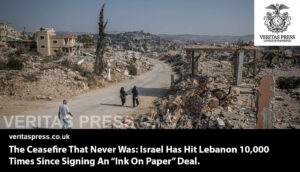





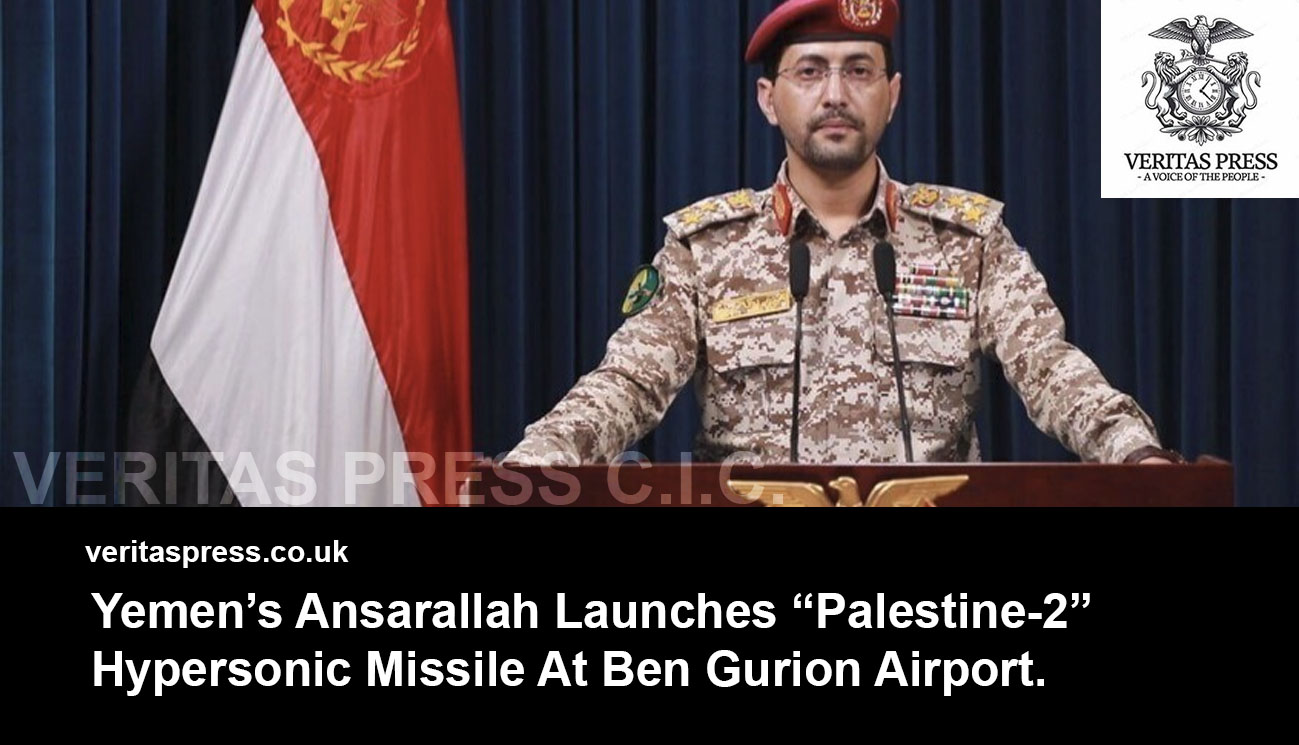
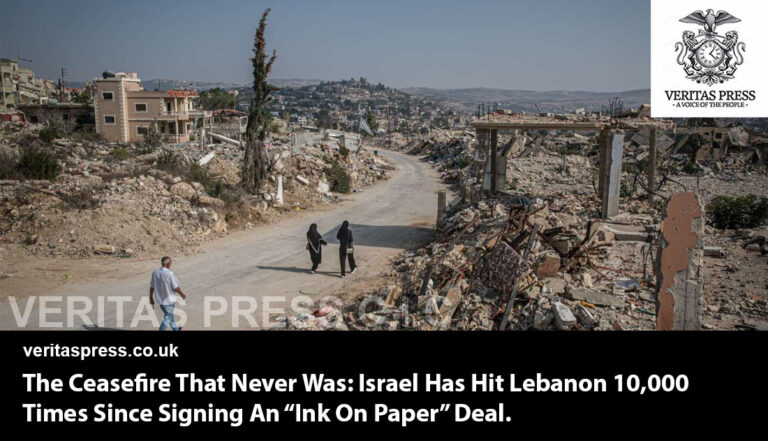





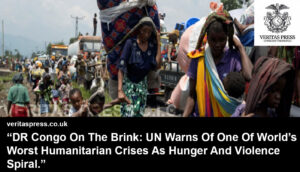
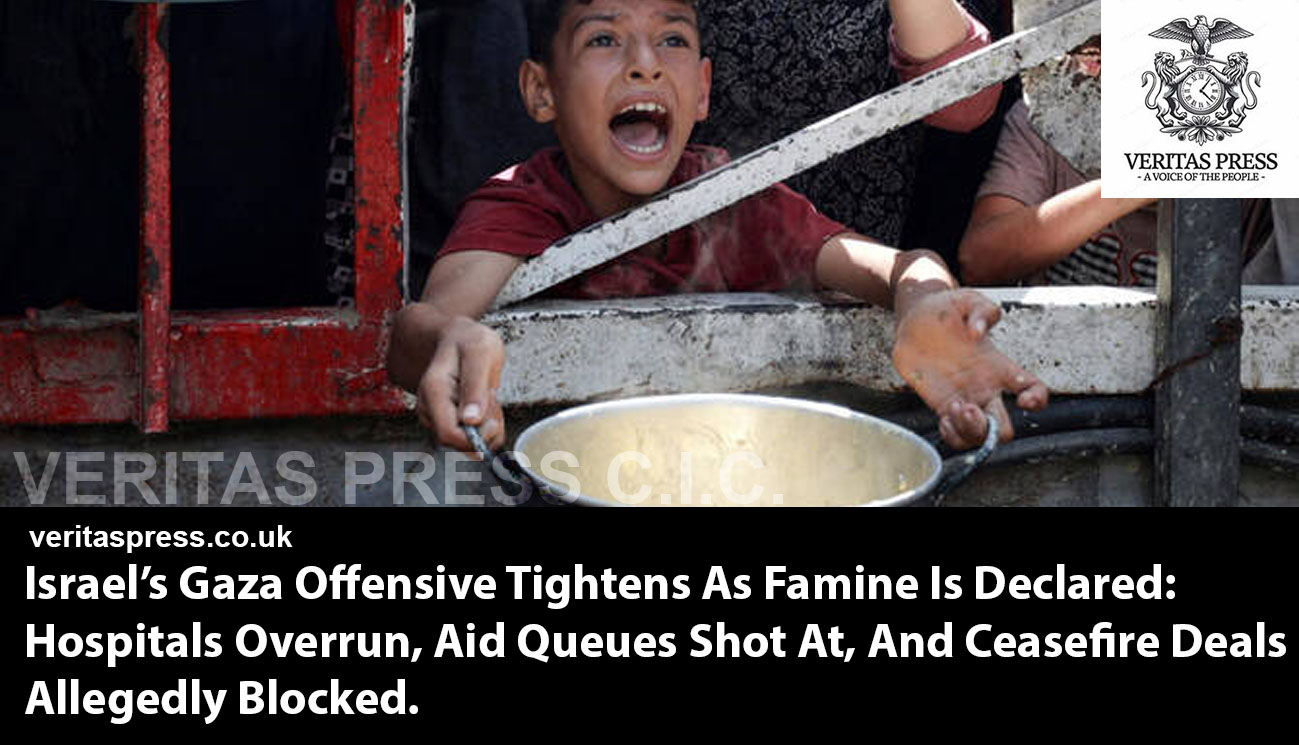
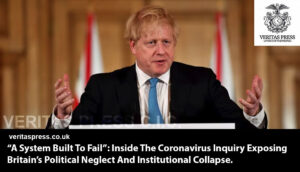
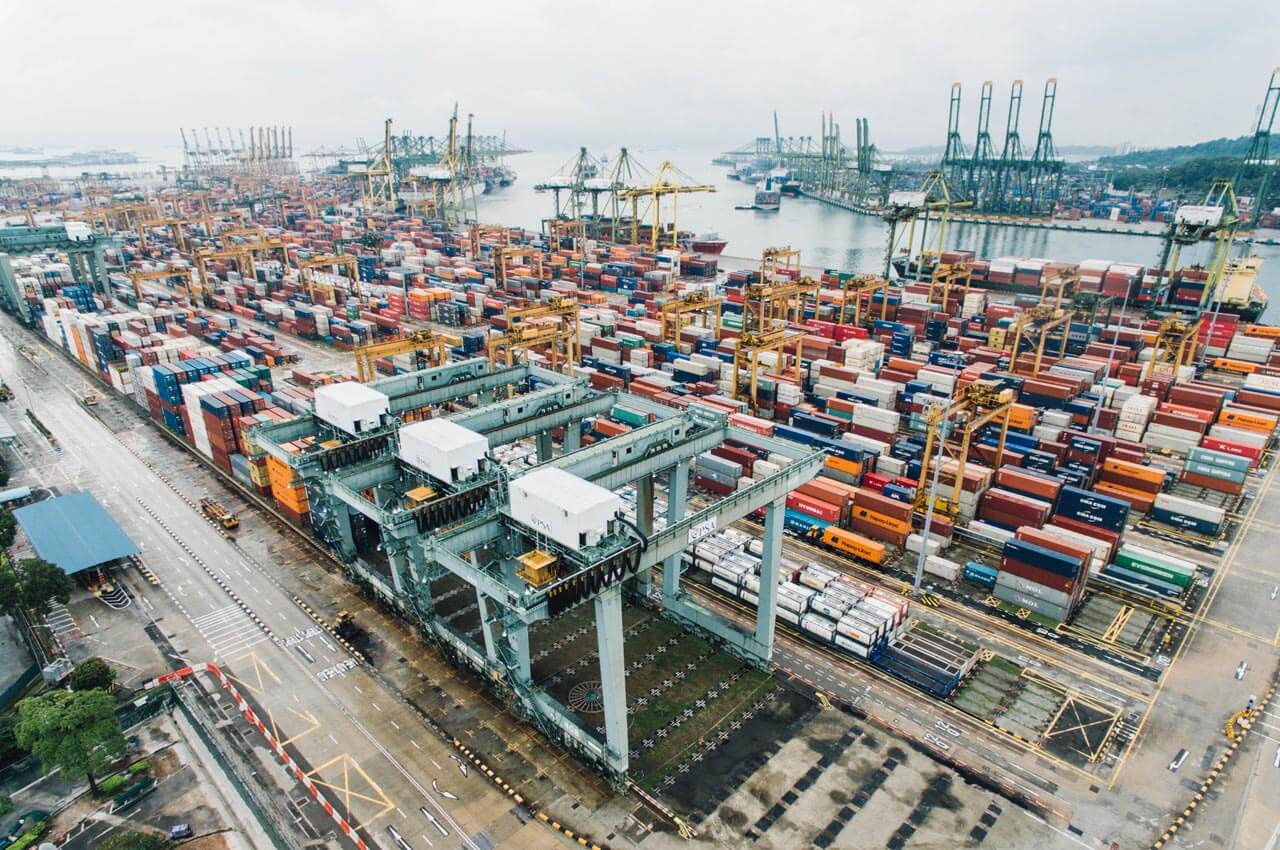









Leave a Reply